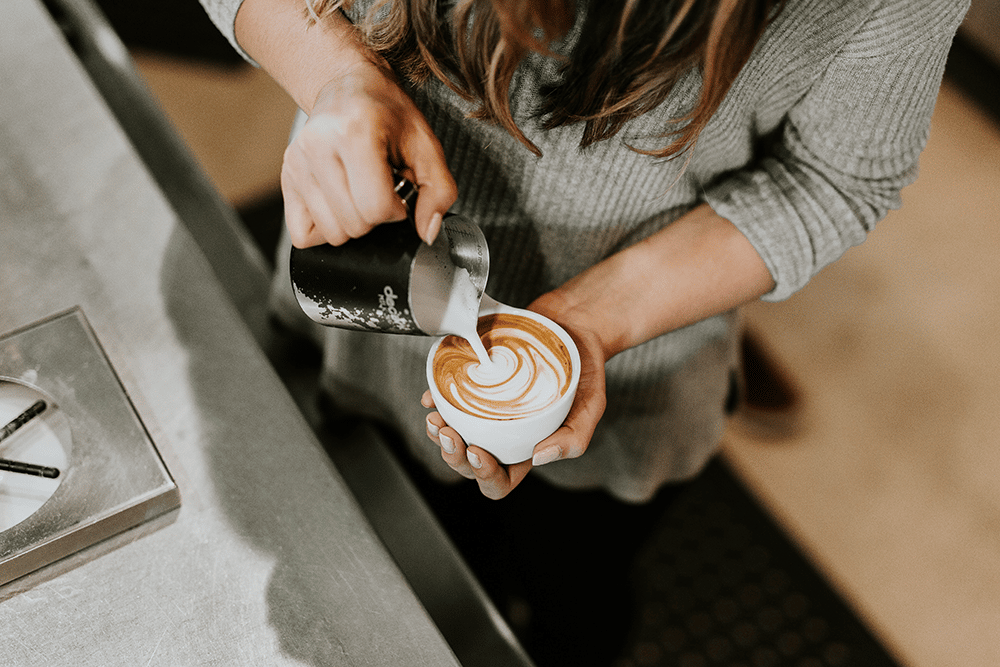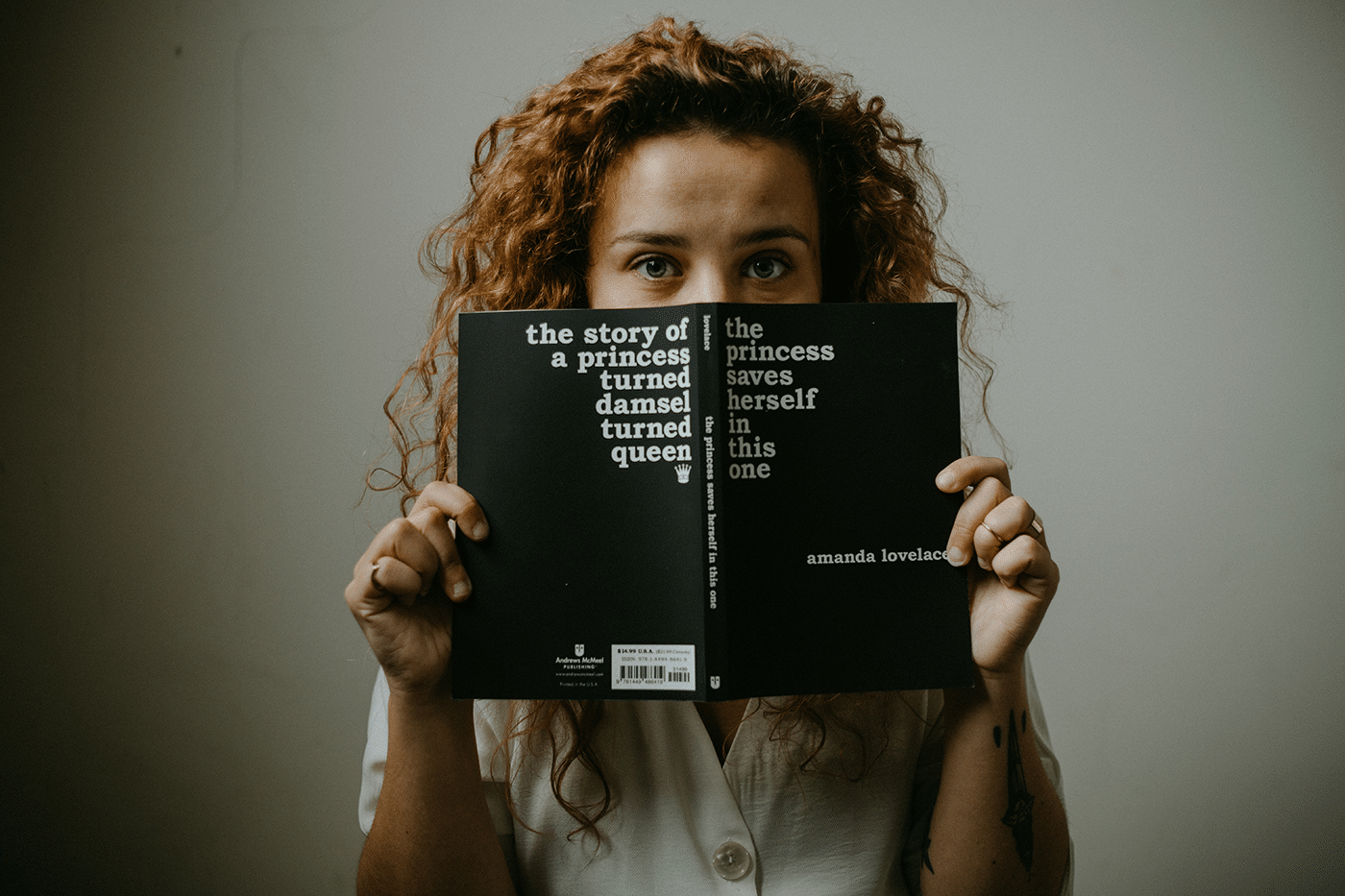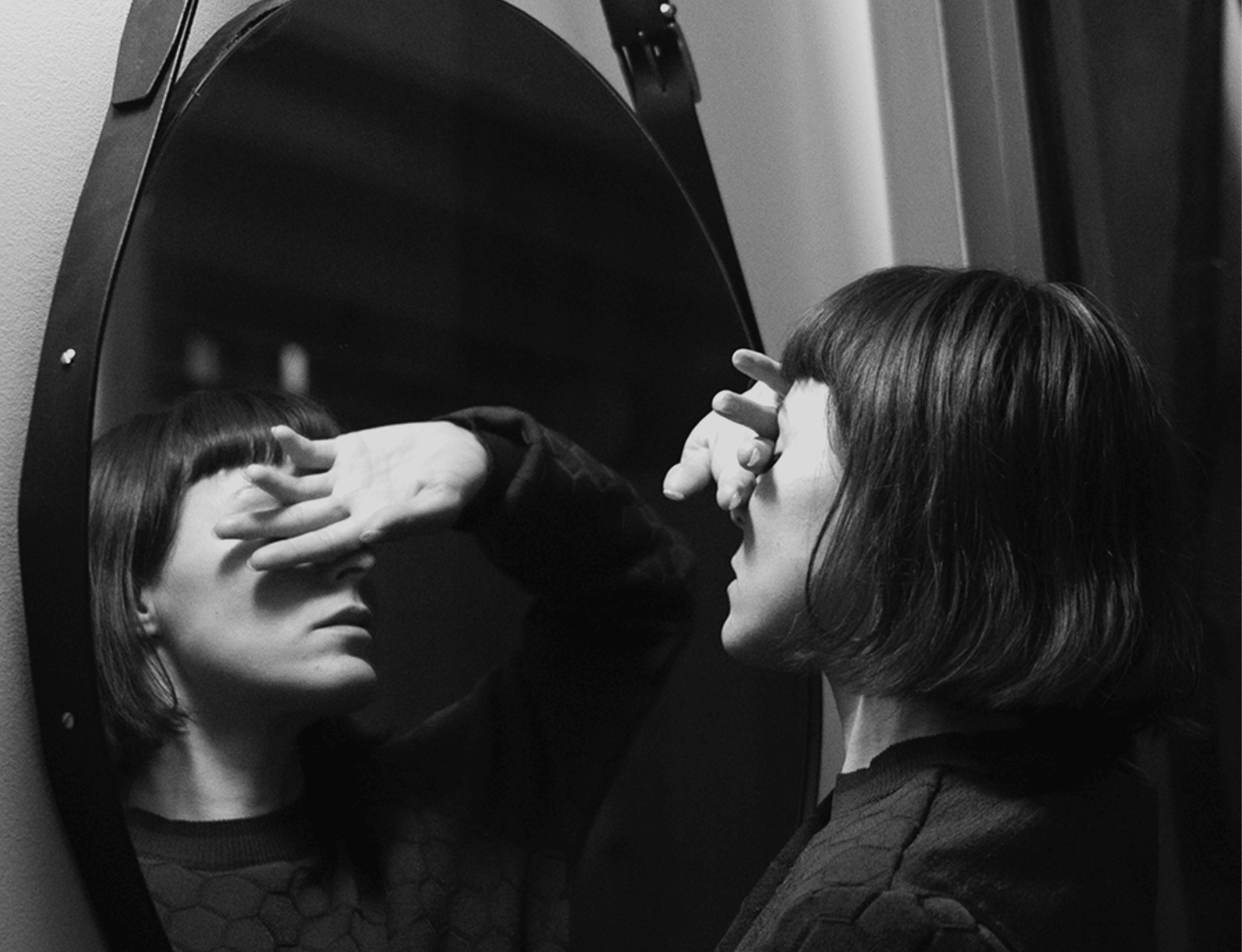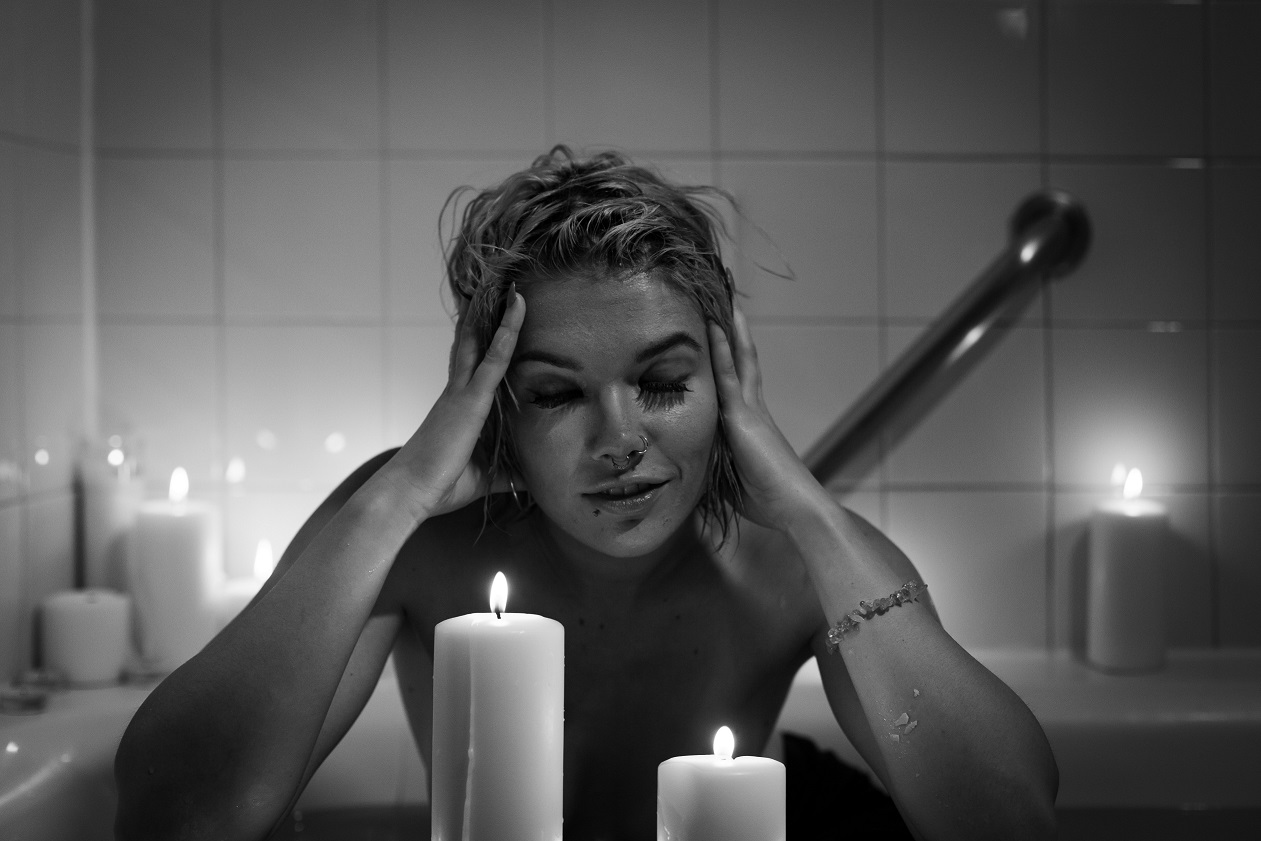The #thatgirl trend on TikTok and Instagram is hustle culture repackaged for millennial and Gen Z audiences
Who is #thatgirl?
A trending piano audio clip, a sun-filled bedroom with shadows dancing on the walls, a perfectly manicured hand turns off the 5:00 am alarm. You’re in # thatgirl’s bedroom, about to get a glimpse into her morning routine through your phone.
She jumps out of bed, makes a matcha drink, and pours coffee over ice cubes in beautiful glassware. She writes in her journal and pulls on pristine designer sneakers and a matching workout set to hit the gym.
All of this to the tune of her soft voice-over about how no one is coming to help you achieve your goals. It’s up to you to be that girl. To be like her.
You stare into your soggy bowl of Honey Nut Cheerios with a dejected sigh. If only you could afford a matcha powder subscription at $14.99 a month. You’d be manifesting millions too.
The #thatgirl trend has taken TikTok by storm, bringing vignettes of productivity and hustle culture to the app. For a platform predominantly used by Gen Z that is largely about being authentic, radical, and even activist, #thatgirl feels distinctly out of place. Maybe the filtered halls of Instagram are more her vibe.
The #thatgirl cuts a familiar figure. She is thin, pretty, and predominantly white. Her aesthetic is a perfectly curated feed of brands she reps or wants to rep.
Her lifestyle content revolves around staying fit, eating organic food, wearing matching outfit sets (probably from hugely exploitative fast-fashion brands), and living in a beautiful apartment. And yet, despite what she says, #thatgirl is in a supporting role to the real star in her life. Money.
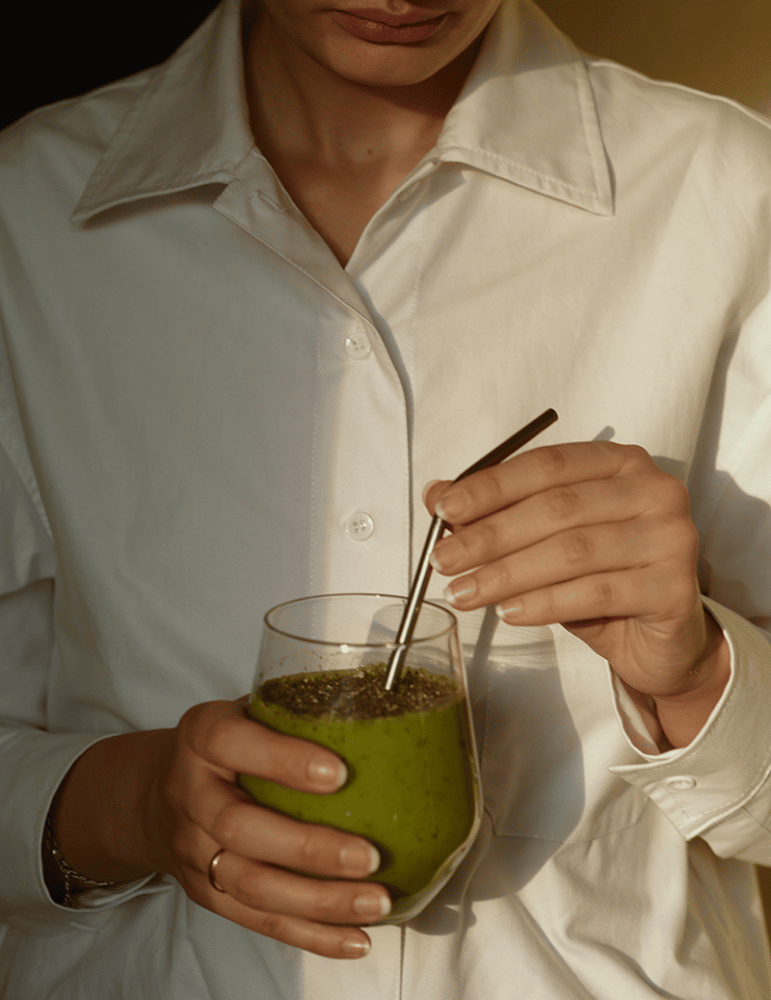
#Thatgirl and a culture of toxic productivity
I am not anti-productivity and aesthetically pleasing content. I realize the potent fantasy the #thatgirl trend perpetuates. It’s designed to make us feel like with a little bit of discipline and effort; we could all fulfill our potential.
But the problem with the trend is that it assumes every girl wants to and should be #thatgirl, ignoring the fact that it takes a tremendous amount of time and financial resources to do so.
A quick scan of the comments on these videos tells a different story, reminding us that these trends do more harm than good.
“Thanks, I’ll do that while I mop up toddler puke,” says one user. “I wake up at 5:00 am every day to take a train and two buses to my minimum wage job,” says another. These comments remind us that trends like #thatgirl, which seem to be empowering on the surface, in reality, make many women feel bad.
It negates the very real money and time constraints most people have while perpetuating a toxic narrative that if your situation is difficult or if you’re unable to be as productive as you’d like, it’s your fault. It’s the #okayboomer “pull yourself up by your bootstraps” conversation repackaged for millennial and Gen Z audiences.
Is #thatgirl the new #girlboss?
In some ways, these videos are to TikTok what the #girlboss was to YouTube. At its peak, the #girlboss trend felt like an empowering feminist trope for millennial women. It exemplified young female CEOs that had achieved superstardom through their brands disrupting the tired notion that unicorn companies could only be created by men.
Fast-forward and we now know of the incredibly toxic cultures these women perpetuated for their employees, not to mention downright fraud and harmful lies (yes Elizabeth Holmes of Theranos, I’m looking at you).
#Thatgirl creates similar problems. It makes young women feel like they can only be #thatgirl if they buy expensive clothes and wellness products, wake up at the crack of dawn, eat organic food, and are constantly working. Leisure, time off, naps, and messy apartments are luxuries not afforded to #thatgirl.
It’s a narrative our capitalism-addled brains accept, and we willingly part with our cash for a piece of that lifestyle. Companies like Goop, founded by a Gen X version of #thatgirl, Gwyneth Paltrow, feed into that belief system. That feeling good and being productive means thousands of dollars, endless hours of work, and no time for rest.
The #thatgirl suffers from the same issue that others in mainstream feminism have faced. While they are marketed as liberating to women (think modern appliances in the 50s and 60s that were meant to free up time for housewives while simultaneously creating pressure to be the perfect homemaker), they end up creating more pressure, perfectionism, and competition.
Not to mention the white-centric nature of these trends that ignore the systemic challenges faced by BIPOC women, trans women, plus-size women, and any woman who doesn’t fit the mold.
Rethinking #thatgirl
I’m not here to argue against being productive, taking care of yourself, and having routines. But wellness should feel good.
Productivity should serve your goals and not make you feel behind because you don’t live in an Instagram apartment or have the latest espresso machine.
If you truly are #thatgirl, then more power to you! I admire you for your discipline and productivity.
But if you’re someone with quirky interests and a simple skincare routine that may not feed the algorithms but makes you feel good, I admire you too.
If you’re someone who likes to take naps and cook messy meals, sleep in, and take breaks, I think you should continue to do what makes you happy. Because ultimately, the question we should be asking ourselves isn’t how to be that girl, but whether we should be.

